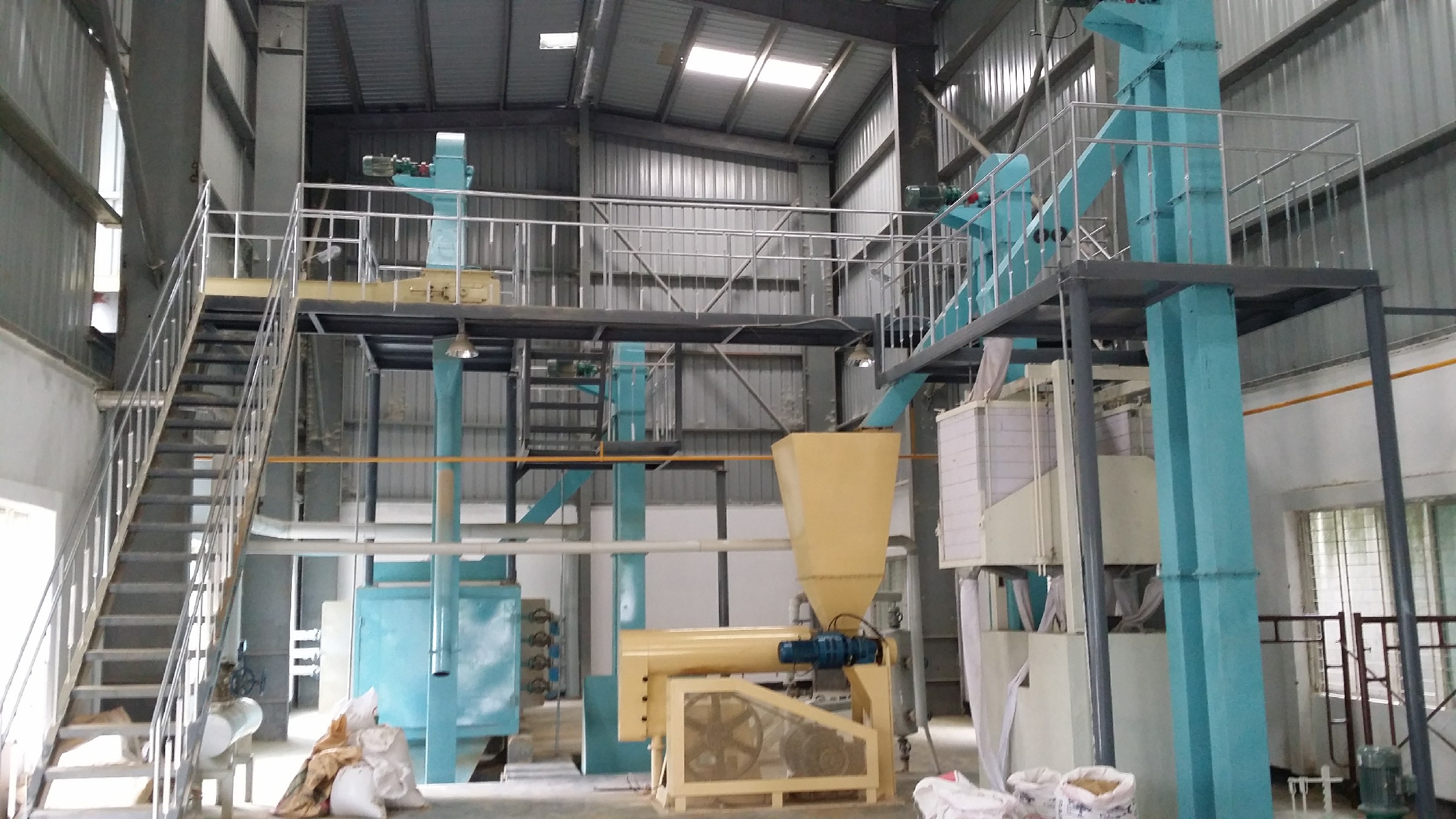As a production manager or technical operator in the edible oil industry, you know that consistency isn’t just about meeting specs—it’s about building trust with global buyers. Even small deviations in temperature, pressure, or timing during rice bran oil refining can lead to off-flavors, reduced shelf life, or non-compliance with EU/US food safety standards.
Let’s break down the critical steps where most teams lose control:
| Stage | Critical Parameter | Optimal Range | Common Mistake |
|---|---|---|---|
| Pre-treatment | Moisture Content | ≤ 12% (w/w) | Over-drying leads to lipid oxidation |
| Degumming | Temperature | 65–75°C | Too high = emulsification failure |
| Neutralization | Free Fatty Acid (FFA) | ≤ 0.5% | Under-neutralization = rancidity risk |
“In our facility in Malaysia, we saw a 40% drop in customer complaints after standardizing degumming temperatures across all shifts—proving that precision beats intuition every time.” — Operations Lead, Penguin Group
These aren't just numbers—they’re your daily guardrails. When operators follow them consistently, you reduce variability and build a reputation for reliability that international buyers notice immediately.
And here’s what makes it stick: automation + standardized workflows = predictable quality. At Penguin Group, our fully automated rice bran oil lines ensure that each batch hits the same parameters—no matter who’s running the machine. That’s how we deliver oils that meet ISO 22000 and HACCP requirements without exception.

If you're serious about exporting premium rice bran oil, start by treating your process like a system—not a series of tasks. Train your team on these benchmarks. Audit weekly. Document everything. Because when your output is consistent, your customers don’t just buy—you become their trusted supplier.

